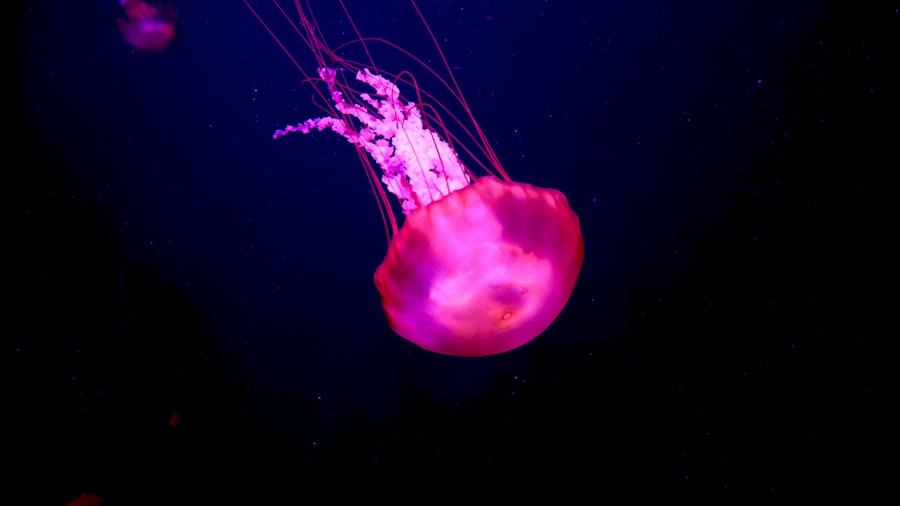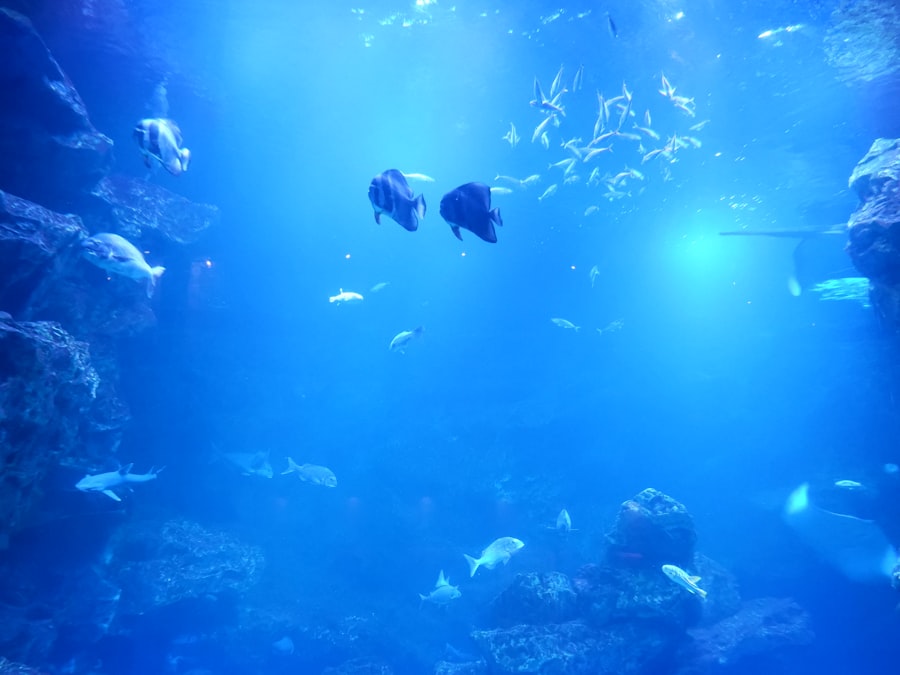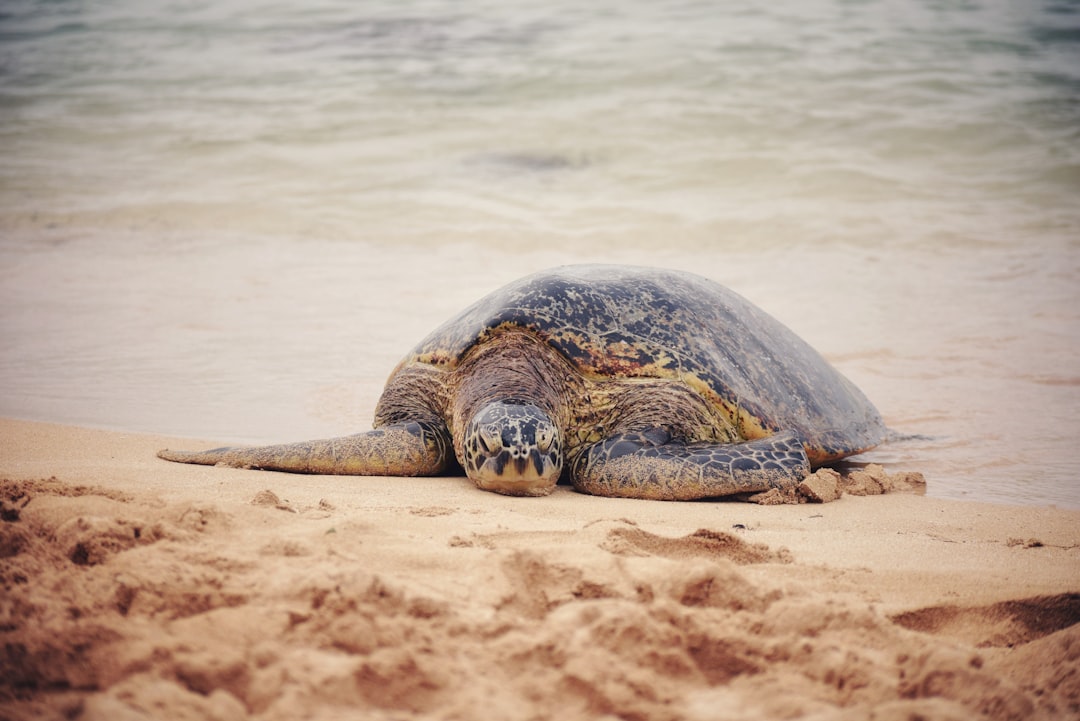The Drake Passage, a body of water that separates South America from Antarctica, is renowned for its tumultuous seas and unpredictable weather. Named after the English explorer Sir Francis Drake, who navigated these waters in the late 16th century, the passage is often considered one of the most challenging maritime routes in the world. Stretching approximately 800 kilometers (500 miles) from Cape Horn to the South Shetland Islands, it serves as a critical conduit for ocean currents and marine life.
The passage is not only a geographical marvel but also a vital ecological zone that supports a diverse array of sea creatures. Navigating the Drake Passage is an adventure that many travelers seek, drawn by the allure of its wild beauty and the promise of encountering unique wildlife. The waters are known for their rough conditions, with strong winds and high waves that can make even seasoned sailors uneasy.
However, this very unpredictability contributes to the rich biodiversity found in the Southern Ocean, making it a focal point for marine research and conservation efforts. As explorers venture into these waters, they are often met with breathtaking views of icebergs, rugged coastlines, and an abundance of marine life that thrives in this remote environment.
Key Takeaways
- The Drake Passage is a treacherous body of water between South America’s Cape Horn and the South Shetland Islands of Antarctica.
- The Southern Ocean is home to a unique and diverse ecosystem, with many species found nowhere else on Earth.
- Iconic sea creatures of the Southern Ocean include penguins, seals, whales, and a variety of seabirds.
- Sea creatures play a crucial role in the Southern Ocean ecosystem, influencing food webs and nutrient cycling.
- Threats to sea creatures in the Southern Ocean include climate change, overfishing, and pollution, highlighting the need for conservation efforts.
Unique ecosystem of the Southern Ocean
The Southern Ocean is characterized by its cold temperatures and nutrient-rich waters, creating a unique ecosystem that supports a wide variety of marine species. This oceanic region is defined by its distinct physical and chemical properties, including high levels of phytoplankton productivity, which forms the base of the food web. The Southern Ocean is also influenced by the Antarctic Circumpolar Current, which circulates around Antarctica and plays a crucial role in regulating global climate patterns.
This current helps to distribute nutrients throughout the ocean, fostering an environment where life can flourish. In addition to its physical characteristics, the Southern Ocean is home to a remarkable array of habitats, including deep-sea trenches, continental shelves, and ice-covered regions. These diverse habitats provide essential breeding and feeding grounds for various marine species.
The interplay between ice and water creates unique microhabitats that support specialized organisms adapted to extreme conditions. As a result, the Southern Ocean is often regarded as one of the last great wildernesses on Earth, offering scientists invaluable insights into marine biology and ecology.
Iconic sea creatures of the Southern Ocean

The Southern Ocean is teeming with iconic sea creatures that have captured the imagination of scientists and nature enthusiasts alike. Among these are the majestic blue whales, which are the largest animals on the planet. These gentle giants can reach lengths of up to 100 feet and weigh as much as 200 tons.
Their presence in the Southern Ocean is a testament to the region’s rich marine biodiversity, as they migrate to these waters during feeding season to consume vast quantities of krill, a small shrimp-like crustacean that forms a crucial part of the ocean’s food web. In addition to blue whales, the Southern Ocean is home to a variety of other remarkable species, including seals, penguins, and seabirds. The Emperor penguin, for instance, is an iconic symbol of Antarctica and is known for its remarkable breeding behavior.
These penguins endure harsh winter conditions to raise their young, showcasing their resilience in one of the most extreme environments on Earth. Seals such as the leopard seal and Weddell seal also inhabit these waters, each playing a unique role in the ecosystem. The diversity of life in the Southern Ocean not only contributes to its ecological richness but also highlights the importance of preserving these species for future generations.
The role of sea creatures in the Southern Ocean ecosystem
| Sea Creature | Role in Ecosystem |
|---|---|
| Krill | Primary food source for many marine animals including whales, seals, and penguins |
| Antarctic Toothfish | Top predator, helps control population of smaller fish and squid |
| Albatross | Feeds on fish and squid, helps maintain balance in the food chain |
| Seals | Feed on fish and penguins, helps regulate population of prey species |
| Whales | Feed on krill, helps control krill population and nutrient cycling |
Sea creatures in the Southern Ocean play vital roles in maintaining the health and balance of their ecosystem. At the base of this intricate web are phytoplankton and zooplankton, which serve as primary producers and consumers, respectively. Phytoplankton harness sunlight to produce energy through photosynthesis, while zooplankton feed on these microscopic plants.
This dynamic relationship forms the foundation of the food chain, supporting larger organisms such as krill, fish, seals, and whales. Krill, in particular, are a keystone species in the Southern Ocean ecosystem. These small crustaceans are not only a primary food source for many marine animals but also play a significant role in nutrient cycling.
As they feed on phytoplankton, krill help regulate algal blooms and contribute to carbon sequestration by transporting carbon from surface waters to deeper ocean layers when they die and sink. This process is crucial for mitigating climate change impacts and maintaining ocean health. The interconnectedness of sea creatures in this ecosystem underscores the importance of preserving their populations and habitats to ensure ecological stability.
Threats to sea creatures in the Southern Ocean
Despite its remote location and seemingly pristine environment, the Southern Ocean faces numerous threats that jeopardize its delicate ecosystems and the sea creatures that inhabit them. One of the most pressing issues is overfishing, particularly targeting krill and various fish species. The demand for krill as a food source for aquaculture and dietary supplements has led to unsustainable fishing practices that threaten not only krill populations but also the entire food web reliant on them.
Additionally, climate change poses significant risks to sea creatures in the Southern Ocean. Rising ocean temperatures and changing salinity levels disrupt traditional migratory patterns and breeding behaviors among marine species. Melting sea ice due to global warming further exacerbates these challenges by altering habitats for seals and penguins that rely on ice for breeding and resting.
The combined effects of overfishing and climate change create a precarious situation for many species, highlighting the urgent need for effective conservation measures.
Research and conservation efforts in the Southern Ocean

In response to the threats facing sea creatures in the Southern Ocean, researchers and conservation organizations have initiated various efforts aimed at protecting this unique ecosystem. Scientific research plays a crucial role in understanding marine biodiversity and assessing the impacts of human activities on sea life. Collaborative international programs focus on monitoring populations of key species such as krill and whales while studying their ecological roles within the broader context of climate change.
Conservation initiatives also emphasize sustainable fishing practices and habitat protection. Organizations like the Commission for the Conservation of Antarctic Marine Living Resources (CCAMLR) work to establish marine protected areas (MPAs) that safeguard critical habitats from overexploitation. These MPAs aim to preserve biodiversity while allowing for sustainable use of resources.
By fostering collaboration among nations and stakeholders, these efforts seek to ensure that future generations can continue to experience the wonders of the Southern Ocean.
The importance of studying sea creatures in the Southern Ocean
Studying sea creatures in the Southern Ocean is essential not only for understanding marine ecosystems but also for addressing broader environmental challenges. The unique adaptations and behaviors exhibited by these organisms provide valuable insights into how life can thrive in extreme conditions. Research conducted in this region contributes to our knowledge of evolutionary biology, ecology, and climate science.
Furthermore, understanding the interconnectedness of species within this ecosystem can inform conservation strategies aimed at mitigating human impacts. By studying how changes in one species affect others within the food web, scientists can develop more effective management practices that promote ecological resilience. The knowledge gained from research in the Southern Ocean has far-reaching implications for global marine conservation efforts and highlights the need for continued exploration and study.
Fascinating adaptations of sea creatures in the Southern Ocean
The sea creatures inhabiting the Southern Ocean exhibit remarkable adaptations that enable them to survive in one of Earth’s harshest environments. For instance, many species possess specialized physiological traits that allow them to withstand frigid temperatures and high pressures found at great depths. The Antarctic icefish has evolved antifreeze proteins in its blood that prevent ice crystal formation, allowing it to thrive in icy waters where other fish cannot survive.
Additionally, some marine mammals have developed unique behaviors to cope with their environment. For example, seals have thick layers of blubber that provide insulation against cold temperatures while also serving as energy reserves during periods when food is scarce. Penguins have adapted their body shapes for efficient swimming and possess waterproof feathers that keep them warm while diving for fish.
The impact of climate change on sea creatures in the Southern Ocean
Climate change poses significant challenges for sea creatures in the Southern Ocean, affecting everything from their habitats to their food sources. As global temperatures rise, ocean waters are warming at an alarming rate, leading to shifts in species distributions and altered migratory patterns. Many marine organisms are sensitive to temperature changes; thus, even slight increases can disrupt breeding cycles and feeding behaviors.
Moreover, melting ice due to climate change has profound implications for species reliant on stable ice habitats. For instance, Emperor penguins depend on sea ice for breeding; as ice diminishes, their nesting sites become increasingly vulnerable. Similarly, seals that use ice platforms for resting or pupping face challenges as their habitats shrink or become unstable.
The cascading effects of climate change threaten not only individual species but also entire ecosystems within the Southern Ocean.
The future of sea creatures in the Southern Ocean
The future of sea creatures in the Southern Ocean hinges on collective efforts toward conservation and sustainable management practices. As awareness grows regarding the impacts of human activities on marine ecosystems, there is an increasing push for policies that prioritize environmental protection alongside economic interests. International cooperation will be crucial in addressing challenges such as overfishing and climate change while ensuring that marine resources are used sustainably.
Moreover, ongoing research will play a vital role in shaping future conservation strategies. By continuously monitoring populations and studying ecological interactions within this unique environment, scientists can provide valuable data that informs decision-making processes at local, national, and international levels. The fate of sea creatures in the Southern Ocean ultimately depends on humanity’s commitment to safeguarding this precious ecosystem for generations to come.
Tips for exploring Drake Passage and encountering sea creatures in the Southern Ocean
For those eager to explore the wonders of Drake Passage and encounter its remarkable sea creatures firsthand, careful planning is essential. Travelers should consider embarking on an expedition cruise specifically designed for wildlife viewing; these trips often include knowledgeable guides who can provide insights into marine life while ensuring responsible practices are followed during encounters with animals. Timing is also crucial; different species may be more visible during specific seasons or migration periods.
For example, whale watching is often best during summer months when these magnificent creatures congregate in feeding grounds rich with krill. Additionally, travelers should equip themselves with appropriate gear—warm clothing layers are essential due to unpredictable weather conditions. Lastly, respecting wildlife regulations is paramount when exploring this fragile ecosystem.
Observing animals from a safe distance minimizes stress on wildlife while allowing visitors to appreciate their natural behaviors without interference. By following these tips, adventurers can enjoy an unforgettable experience while contributing positively to conservation efforts within one of Earth’s last great wildernesses.
The Drake Passage, a turbulent body of water connecting the Atlantic and Pacific Oceans, is home to a diverse array of sea animals, including seals, penguins, and various species of whales. These creatures have adapted to the harsh conditions of this region, showcasing the resilience and diversity of marine life. For more information on the fascinating wildlife found in the Drake Passage and other geographical wonders, you can explore a related article on MyGeoQuest. This resource provides insights into the unique ecosystems and the challenges faced by the animals inhabiting these remote areas.
WATCH NOW! Drake Passage: Earth’s Deadliest Waters Revealed
FAQs
What is the Drake Passage?
The Drake Passage is the body of water between the southern tip of South America and the northern tip of the Antarctic Peninsula. It is known for its rough seas and strong winds.
What kind of sea animals can be found in the Drake Passage?
The Drake Passage is home to a diverse range of sea animals, including various species of whales, seals, penguins, albatrosses, and other seabirds. Some of the most commonly spotted animals in the area include humpback whales, orcas, and various species of seals.
Why is the Drake Passage important for sea animals?
The Drake Passage is an important migratory route for many sea animals, as it provides a connection between the Atlantic, Pacific, and Southern Oceans. The nutrient-rich waters of the passage also support a thriving ecosystem, making it an important feeding and breeding ground for many species.
Are there any endangered species in the Drake Passage?
Several species of sea animals in the Drake Passage are considered to be at risk, including the southern right whale, the blue whale, and the Antarctic fur seal. Conservation efforts are in place to protect these and other vulnerable species in the area.
What are some of the challenges faced by sea animals in the Drake Passage?
Sea animals in the Drake Passage face challenges such as harsh weather conditions, competition for food, and the threat of predators. Climate change and human activities, such as fishing and pollution, also pose significant threats to the delicate ecosystem of the passage.
